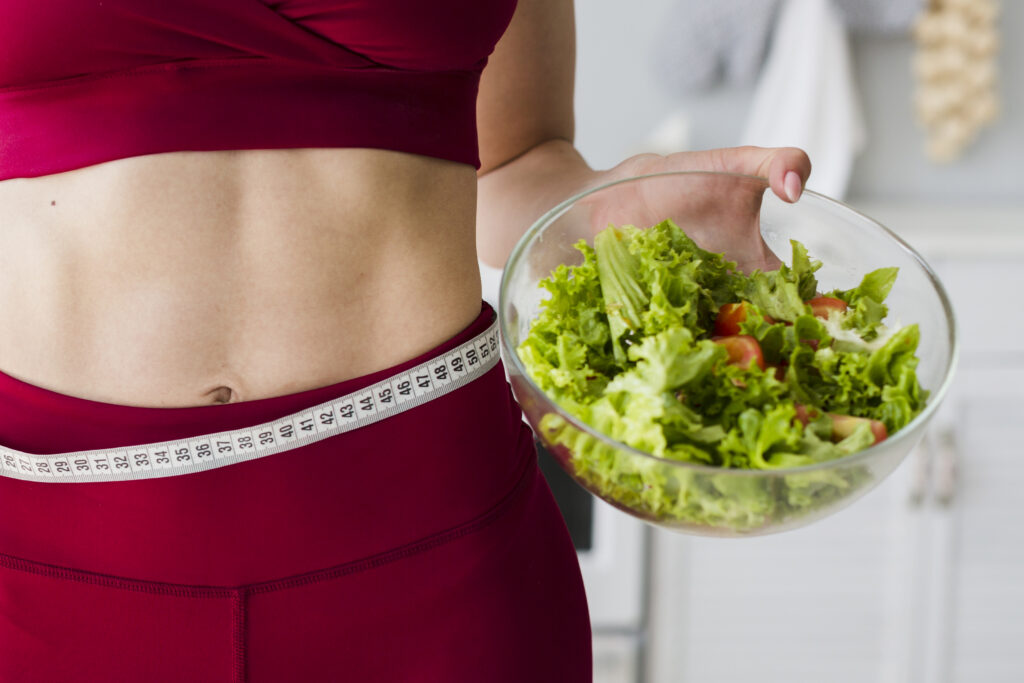
Your metabolism plays a vital role in how your body processes energy. It’s the engine that converts the food you eat into fuel, and it determines how efficiently your body burns calories throughout the day. While your metabolism is influenced by genetics, age, and gender, there are steps you can take to boost it and help your body burn more calories effectively.
If you’ve been wondering how to give your metabolism a natural boost, you’re in the right place! In this blog, we’ll explore effective strategies, including diet, exercise, and daily habits that work.
1. Eat Enough Calories—Don’t Starve Your Metabolism
It might seem counterintuitive, but eating too few calories can actually slow your metabolism down. When your body doesn’t get enough fuel, it goes into conservation mode, burning fewer calories to preserve energy.
How to Fuel Your Metabolism:
- Eat a balanced diet rich in whole foods, including fruits, vegetables, whole grains, and lean proteins. Avoid extreme calorie restriction.
- Don’t skip meals. Regular eating throughout the day keeps your metabolism revved up. Aim for three balanced meals and healthy snacks in between.
- Focus on quality calories rather than cutting down drastically. Eating nutrient-dense foods gives your body the fuel it needs to burn calories efficiently.
Example: Instead of skipping breakfast or eating something sugary, opt for a meal that includes protein, fiber, and healthy fats—like eggs with avocado on whole grain toast.
2. Increase Your Protein Intake
Protein is your metabolism’s best friend. It has a high thermic effect, meaning your body uses more energy to digest and process protein compared to fats and carbs. This thermogenic effect can temporarily boost your metabolism after meals.
How Protein Boosts Metabolism:
- Include a source of protein in every meal. Foods like chicken, fish, eggs, beans, tofu, and Greek yogurt are all excellent choices.
- Protein helps preserve lean muscle mass, which is crucial for maintaining a higher metabolic rate, especially when you’re trying to lose weight.
Example: Add grilled chicken or tofu to your salads, or snack on a hard-boiled egg or a handful of almonds to get a protein boost during the day.
3. Strength Training and Muscle Building
Muscle burns more calories than fat, even at rest. The more muscle mass you have, the higher your resting metabolic rate will be. This means your body burns more calories throughout the day, even when you’re not actively working out.
How to Incorporate Strength Training:
- Include strength training exercises like weightlifting, resistance band workouts, or bodyweight exercises (like squats, push-ups, and lunges) at least 2-3 times a week.
- Focus on progressive overload—gradually increasing the amount of weight or resistance to build muscle over time.
Example: Start with simple strength-training exercises like bodyweight squats and push-ups, then gradually introduce weights or resistance bands as you get stronger.
4. Get Moving with HIIT Workouts
High-Intensity Interval Training (HIIT) is a powerful way to give your metabolism a significant boost. HIIT workouts involve short bursts of intense exercise followed by periods of rest or lower-intensity activity. This kind of training keeps your body burning calories even after the workout is over—a phenomenon known as excess post-exercise oxygen consumption (EPOC).
How HIIT Boosts Metabolism:
- Perform exercises that elevate your heart rate, such as sprinting, cycling, jumping jacks, or burpees, for 20-30 seconds, followed by a 15-30 second rest period.
- Aim for 20-30 minute HIIT sessions 2-3 times a week to see maximum benefits.
Example: Try a simple HIIT workout like alternating 30 seconds of fast jumping jacks with 30 seconds of rest for 15 minutes. You’ll feel the burn and keep your metabolism going for hours after.
5. Drink More Water
Staying hydrated is an often overlooked yet essential part of boosting your metabolism. Water is needed for all your body’s metabolic processes, and even mild dehydration can slow down your metabolic rate. Additionally, drinking cold water can temporarily increase your calorie burn as your body works to warm the water up to body temperature.
How to Stay Hydrated:
- Drink at least 8 glasses of water a day, more if you’re physically active.
- Start your day by drinking a large glass of water, and carry a reusable water bottle to make it easy to sip throughout the day.
- Replace sugary drinks with water or herbal teas to avoid excess calories.
Example: Add a slice of lemon or cucumber to your water for flavor and refreshment without added calories.
6. Get Enough Sleep
Lack of sleep can wreak havoc on your metabolism. When you don’t get enough rest, your body produces more ghrelin, the hormone that makes you feel hungry, and less leptin, the hormone that tells you when you’re full. This imbalance can lead to overeating and weight gain. Additionally, sleep deprivation reduces your body’s ability to properly regulate blood sugar, which can affect your metabolism.
How Sleep Impacts Metabolism:
- Aim for 7-9 hours of quality sleep per night to keep your metabolism in check.
- Establish a regular sleep schedule and create a relaxing bedtime routine to help you wind down.
Example: Avoid screens for at least 30 minutes before bed and instead opt for a calming activity like reading or meditation to improve sleep quality.
7. Sip on Green Tea or Coffee
Both green tea and coffee contain compounds that can temporarily boost your metabolism. Green tea contains catechins, which may help increase fat burning, while coffee is rich in caffeine, a natural stimulant that increases energy expenditure.
How These Drinks Help:
- A cup or two of green tea or coffee during the day can give your metabolism a temporary lift.
- Just be cautious about adding too much sugar or cream, which can negate the benefits of these beverages.
Example: Try drinking a cup of green tea in the afternoon as a metabolism-boosting alternative to sugary snacks.
